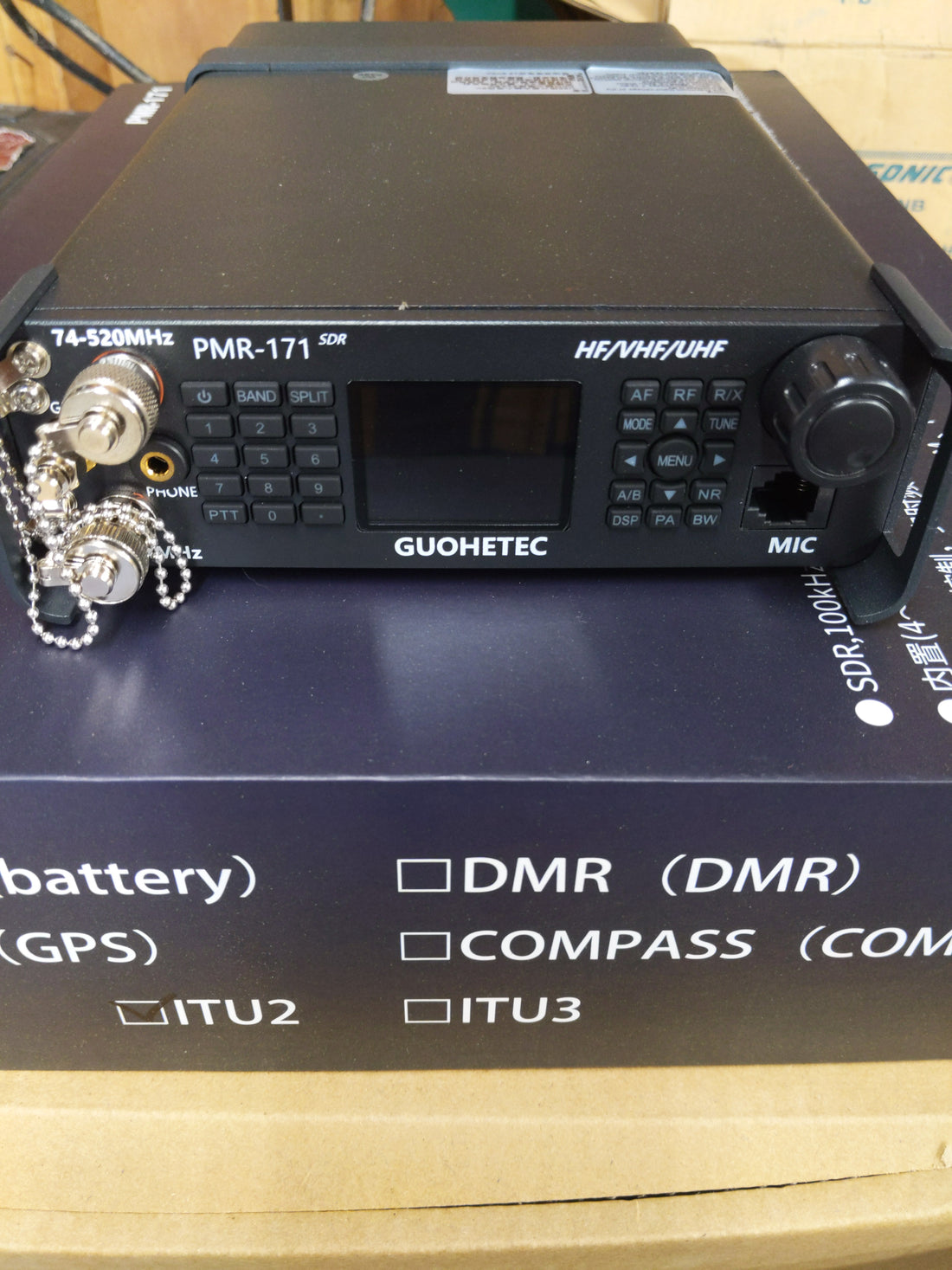
The PMR-171: The Swiss Army Knife of Radios we've all waited for?
Share
I remember way back when, around 2008 or so, when I stumbled across Michael Chesbro's "Communications for Survival and Self Reliance". It was a complete game changer for me and little did I know it'd start me down the road of civilian side communications. Reading it to kill some time in between missions in Iraq and barely wrapping my mind around the stark differences between what was being presented and what I knew from the military side of things, it laid the groundwork for knowledge that came in handy much later on. It'd be a major honor over a decade later when Chesbro reached out - a personal thanks on my part went out. You never know who you're influencing in positive directions through your work.

But that being said, I approached radio then the same as I do now; I want the most capability in the smallest, lightest package. Old habits die hard, or so its said, and the same is absolutely true with regard to radio. Back in those days the 'shack in the box' was all the rage - Yaesu had the 817, 857, and 897 family, Icom had the 700 series, and both literally did it all. HF, VHF, UHF in one package, minus the antenna tuner. Not only that, they used CW, FM, AM, and the Single Side Bands (SSB). They were revolutionary at the time and that owed to their longevity. When I started those were my go-to radios as they were for many and my early writing reflected that reality.
As time progressed, those radios went by the wayside for various reasons, and probably most tragic as a byproduct was the reduced use of SSB on VHF and UHF. With few options for equipment on the market, there's just not much activity. Then again...this is a good thing for those that know. But as the big three, Yaesu, Icom and Kenwood, continue to follow their pattern of a lack of innovation in the civilian radio market in lieu of chasing government contracts, other companies are rising to fill the gap. The innovation of Xiegu with the G90 and the X6100 are two great examples. Yet another is the Q900, which through my use is the logical successor to the Yaesu 817 legacy.
That legacy of the Yaesu is certainly a tall order, and while the radio certainly wasn't perfect (birdies in the receiver, power hungry by today's standards, extremely weak finals and had odd but glaring gaps in the actual reception range on VHF) it was a great rig for what it was. But like all things nostalgic, some of it didn't age well and we're reminded in some ways of just how far we've come. The Q900 is one such example. Now we have its larger, more robust brother, the PMR-171.


Going back to Chesbro's guide, one of the main takeaways is having a radio that packs the most features into one box. A Swiss Army knife of a radio. The Q900 certainly does that and more, but falls short in a couple of areas - the internal battery doesn't last particularly long and its layout is not the best for a field environment. But it is however an all band, all mode radio in quite a budget friendly package. It is the civilian version of the ultra-rugged TBR-119. About a month ago my friends Mechmedic and Ursa Theodorus gave me a heads up on a new product - the PMR-171, which looked to be a great middle-of-the-road between the two radios. All bands, all modes, 100kHz through 2Ghz, built in HF tuner, with an external, clamp-on battery pack and carry handles protecting the front face plate. All of the controls being out of the top, it is well suited to backpack portable operations as well.

This is a happy medium between the dichotomy of radios - one clearly marketed to the light-duty Ham radio crowd and the other to the demands of serious off-grid field communications use. The PMR-171 sits right in the middle with the features of both. Its important to note that its not a completely rugged radio - the outsides are open for ventilation during a higher duty cycle - but it is quite capable of running a long time off grid. Including both a 12v battery and a 120v power amplifier, this is the solution I think a lot of people, both longtime Hams that have a focus on off grid communications and those new to the field have been looking for. I certainly know that way back when I was.
